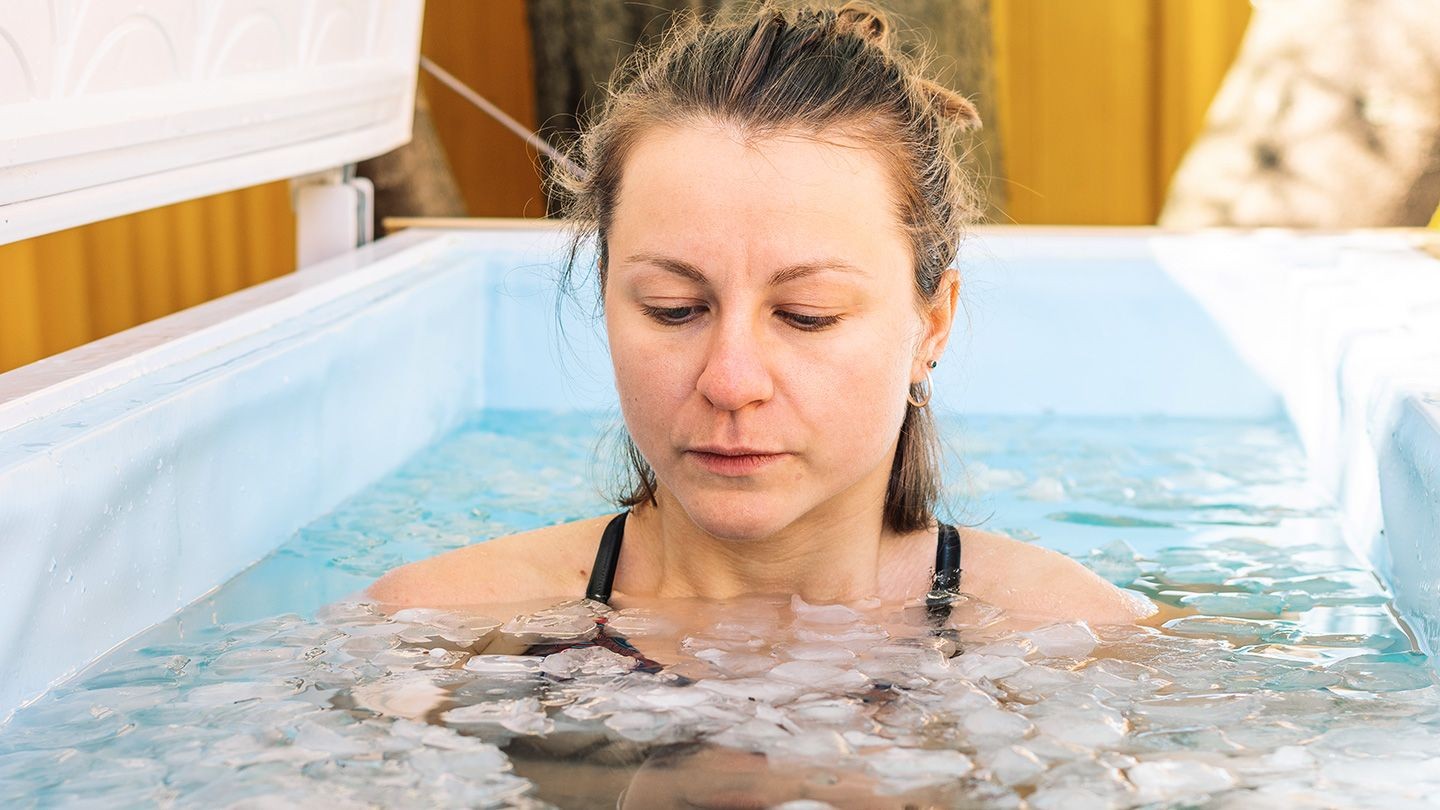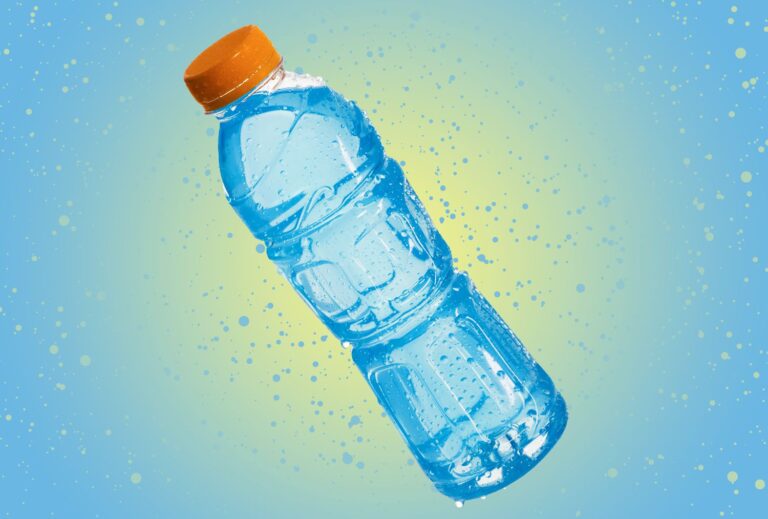
Ice Bath for Recovery – Complete Guide to Benefits, Techniques, and Safety
Introduction
An ice bath for recovery is a proven technique embraced by athletes, fitness enthusiasts, and wellness seekers to speed up recovery and boost performance. By immersing the body in cold water, this method triggers physiological changes that help muscles heal faster and reduce post-exercise fatigue. In this complete guide, we’ll explain how ice baths work, their physical and mental benefits, and how to use them effectively in your recovery routine.
Understanding Ice Bath for Recovery
Cold water immersion, or an ice bath, works by lowering the body’s temperature and initiating a series of responses that support healing. When used after training, ice baths for recovery can reduce inflammation, stimulate circulation, and aid muscle repair. The key is knowing how to implement this practice correctly to maximize results.
Physical Benefits
Regularly incorporating ice baths for recovery into your routine can provide multiple physical benefits:
- Reduced muscle soreness – Cold exposure limits inflammation and decreases delayed onset muscle soreness (DOMS).
- Injury prevention – By controlling swelling and easing strain on muscles, ice baths help lower the risk of overuse injuries.
- Faster recovery – Quicker healing between sessions allows for more consistent training and improved performance over time.
Mental and Emotional Benefits
The benefits aren’t purely physical—ice baths can also strengthen mental health and emotional well-being:
- Improved mental resilience – Facing the discomfort of cold water builds discipline and focus.
- Endorphin release – The body’s natural “feel-good” hormones help reduce stress and elevate mood.
- Enhanced mental clarity – Many users report feeling more alert and energized after cold immersion.
How to Use Ice Bath for Recovery Effectively
- Temperature: Maintain water between 10–15°C (50–59°F).
- Duration: Stay in for 10–15 minutes per session.
- Timing: Use within 1 hour after exercise for optimal results.
- Frequency: 2–3 sessions per week during heavy training periods.
Safety Considerations
- Always consult a healthcare professional before starting, especially if you have heart or circulatory conditions.
- Avoid staying in cold water too long to prevent hypothermia or cold shock.
- Warm up gradually afterward to restore normal body temperature safely.
Persuasive Note
Making ice baths for recovery a regular part of your post-training routine can significantly improve your recovery process. With consistent use, you’ll experience less downtime, better performance, and stronger overall resilience—helping you achieve your fitness goals more effectively.
Key Takeaways
- Ice baths reduce muscle soreness, inflammation, and recovery time.
- They offer both physical and mental health benefits.
- Suitable for athletes, gym-goers, and wellness enthusiasts alike.
- Safety and consistency are crucial for the best results.












